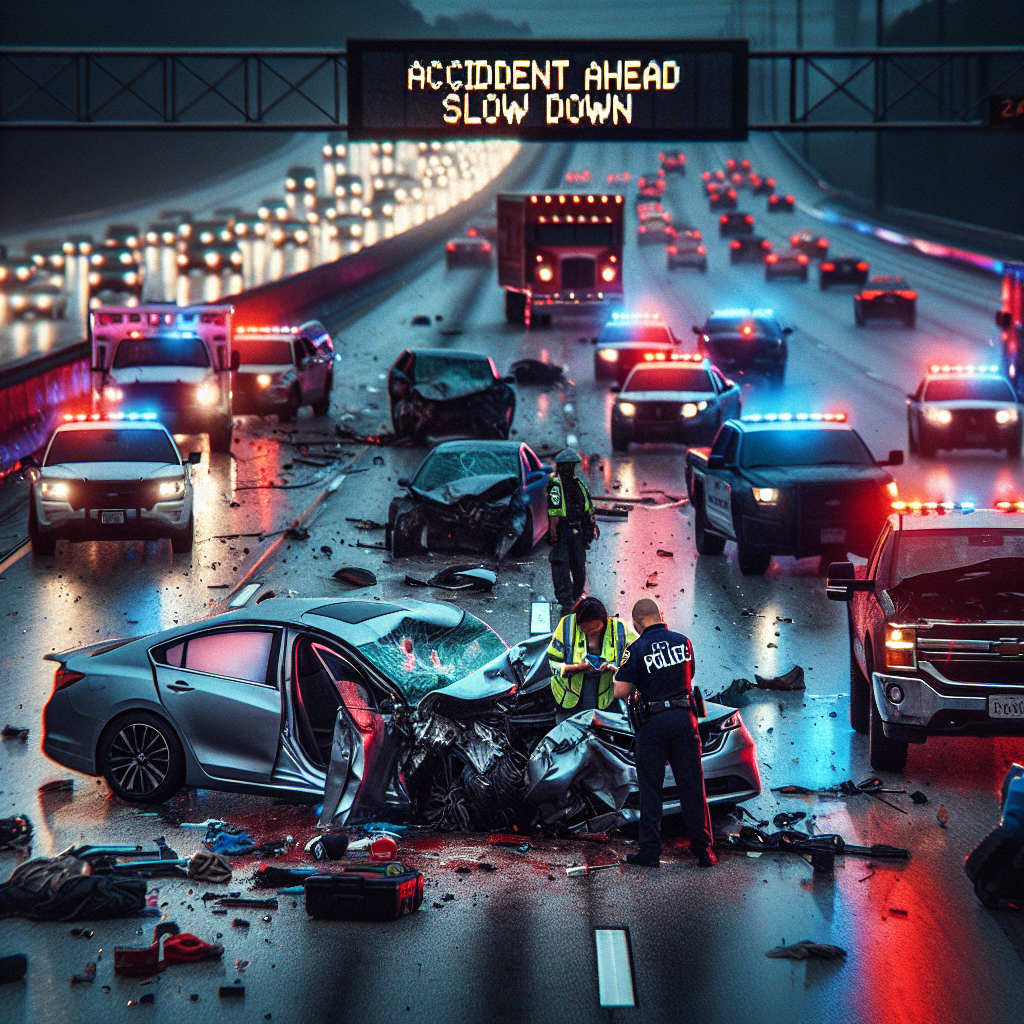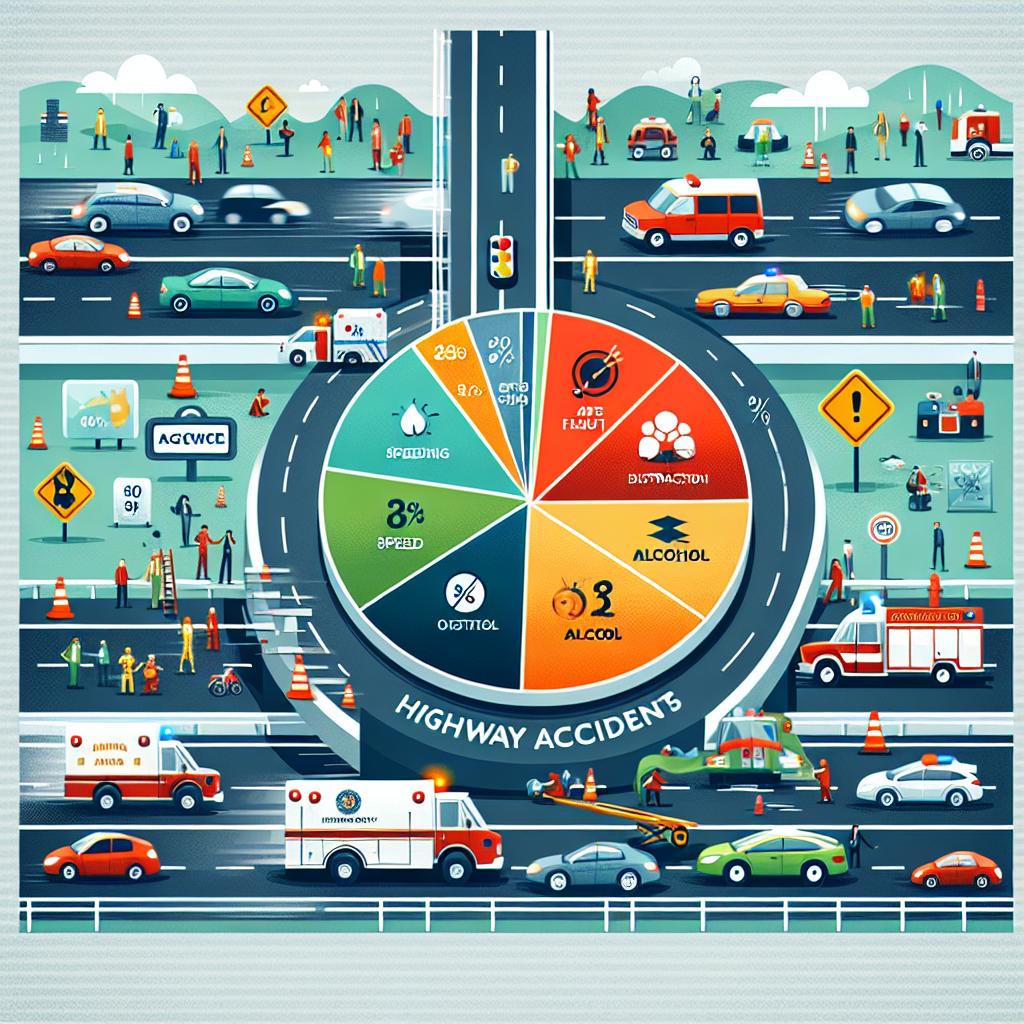-
Table of Contents
Nevada Highway Accidents: Who is at Fault?

Driving on Nevada highways can be a thrilling experience, with scenic views and open roads. However, it can also be dangerous, with a high number of accidents occurring each year. When accidents happen, determining who is at fault becomes crucial for insurance claims and legal proceedings. In this article, we will explore the factors that contribute to Nevada highway accidents and discuss the various parties that may be at fault.
The Role of Driver Negligence
One of the primary causes of highway accidents in Nevada is driver negligence. Negligence refers to the failure to exercise reasonable care while driving, resulting in harm to others. Some common forms of driver negligence include:
- Distracted driving: Using a cellphone, eating, or engaging in any activity that diverts attention from the road.
- Speeding: Driving above the posted speed limit or too fast for the road conditions.
- Drunk driving: Operating a vehicle under the influence of alcohol or drugs.
- Reckless driving: Engaging in aggressive behaviors such as tailgating, changing lanes without signaling, or running red lights.
When a driver’s negligence causes an accident, they are typically considered at fault. However, it is essential to gather evidence and establish a clear link between the driver’s actions and the accident. Eyewitness testimonies, police reports, and video footage can all be valuable in determining fault.
Contributory Negligence
In some cases, both parties involved in an accident may share the blame. Nevada follows the doctrine of contributory negligence, which means that if a plaintiff is found partially at fault for an accident, their damages may be reduced proportionally. For example, if a driver is speeding and another driver fails to yield, both parties may be assigned a percentage of fault.
It is crucial to note that Nevada follows the modified comparative negligence rule, which states that if a plaintiff is found to be more than 50% at fault, they are barred from recovering any damages. This rule aims to ensure that individuals take responsibility for their actions and encourages safer driving practices.
Vehicle Defects and Manufacturer Liability
While driver negligence is a significant factor in highway accidents, sometimes the blame lies with vehicle defects. Defective brakes, faulty tires, or malfunctioning steering systems can all contribute to accidents. In such cases, the manufacturer or distributor of the defective part may be held liable for the accident.
Proving manufacturer liability can be challenging, as it requires establishing a direct link between the defect and the accident. Expert testimony, product recalls, and previous incidents involving the same defect can all strengthen a claim against the manufacturer.
Premises Liability
Highway accidents can also occur due to hazardous road conditions. Poorly maintained roads, inadequate signage, or construction zone negligence can all contribute to accidents. In such cases, the entity responsible for maintaining the road, such as the state or local government, may be held liable for the accident.
Proving premises liability requires demonstrating that the responsible party knew or should have known about the dangerous condition and failed to take appropriate action. Gathering evidence such as photographs, maintenance records, and witness testimonies can help establish a strong case.
Comparing Statistics
Examining accident statistics can provide valuable insights into the factors contributing to Nevada highway accidents. According to the Nevada Department of Transportation, in 2020:
- There were a total of 301 fatal crashes, resulting in 327 fatalities.
- Speeding was a contributing factor in 34% of fatal crashes.
- Alcohol impairment was involved in 29% of fatal crashes.
- Distracted driving contributed to 9% of fatal crashes.
These statistics highlight the importance of addressing driver negligence, particularly speeding and drunk driving, to reduce the number of highway accidents in Nevada.
Summary
Nevada highway accidents can have severe consequences, and determining fault is crucial for insurance claims and legal proceedings. Driver negligence, such as distracted driving, speeding, and drunk driving, is a significant factor in these accidents. However, contributory negligence allows for shared fault between parties involved. Vehicle defects can also contribute to accidents, holding manufacturers liable. Additionally, hazardous road conditions can lead to accidents, making the entity responsible for road maintenance potentially liable. By understanding these factors and taking appropriate measures, we can work towards reducing the number of highway accidents in Nevada and ensuring safer roads for everyone.



